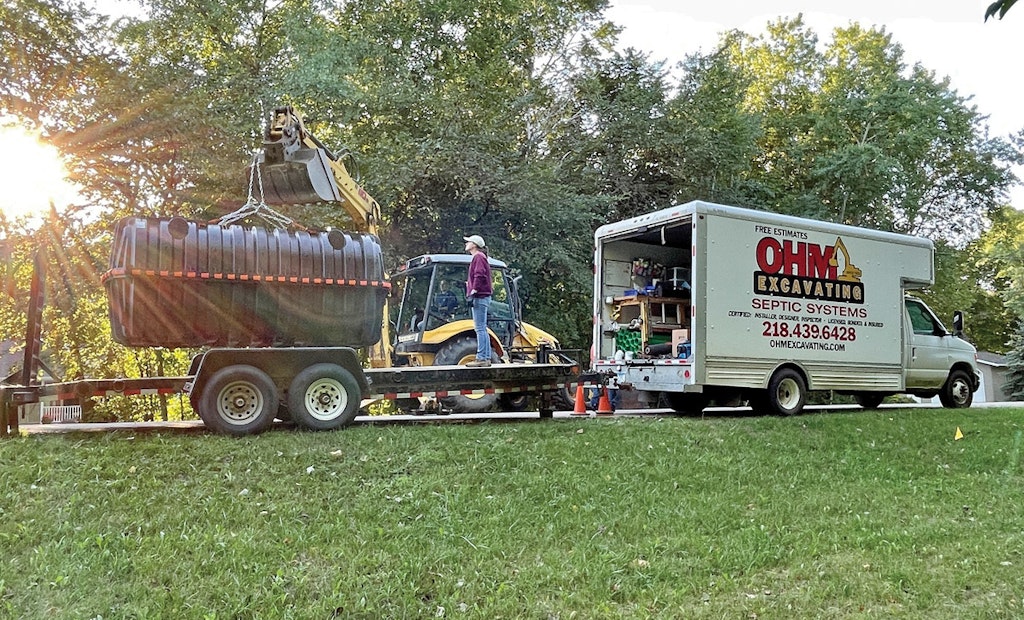
It’s easy to take routine towing tasks for granted. Be sure to complete a walk-around inspection every time you hook up a trailer and carefully secure all loads before heading out to the work site. (File photo)
A news brief outlining a fatal highway crash in North Carolina jumped out at me and I was momentarily horrified on behalf of onsite installers everywhere. A septic contractor was pulling a mini-excavator down the road when its trailer separated from the tow vehicle, crossed the...





